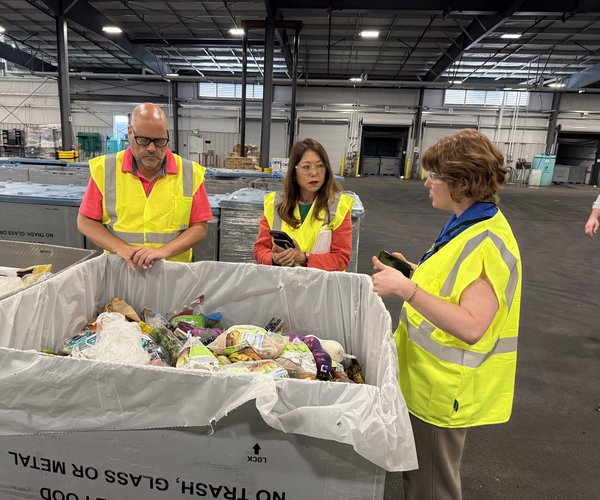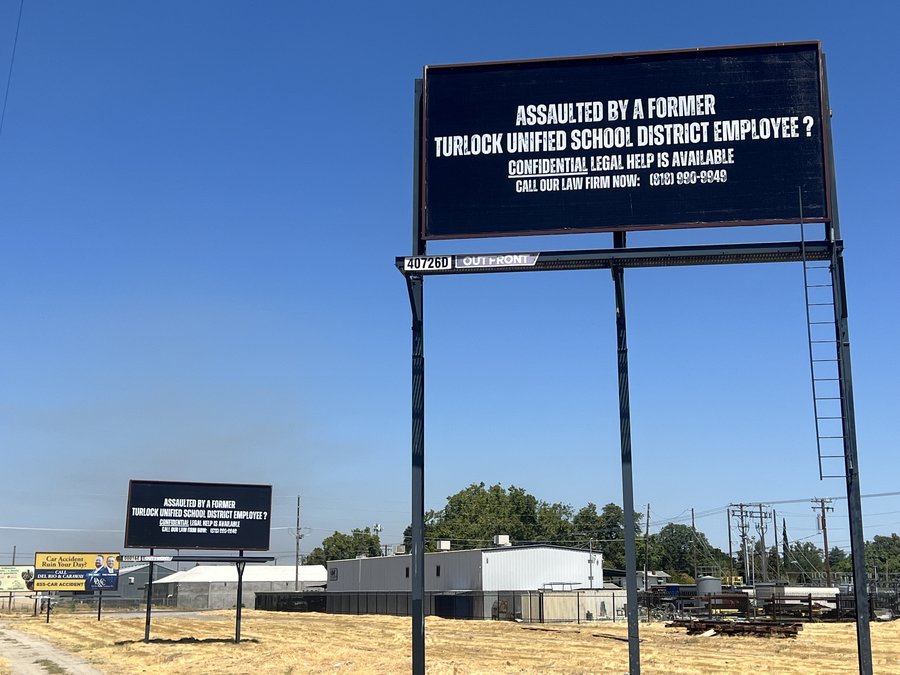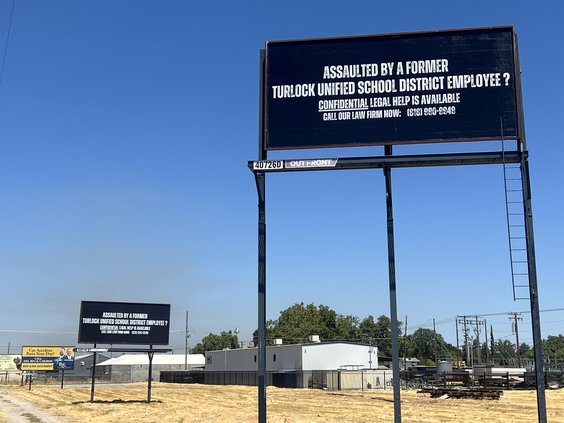On the south end of Turlock, the city’s downtown industrial zone serves as a beacon of new development for both expanding businesses that have called the area home for years as well as organizations looking to build in a prosperous location. As the location inches toward what officials say could soon become an industrial “renaissance,” however, it’s not without its fair share of issues.
While Turlock’s westside industrial park is known by many thanks to impressive newcomers like Blue Diamond Growers and Valley Milk, the downtown industrial zone is the city’s oldest industrial area dating as far back as the late 19th century and has attracted big-name companies ever since.
“Many of those parcels were already developed and originally serviced by rail in 1871. Even Youngdale’s had a big warehouse down there,” said Maryn Pitt, assistant to the city manager for housing and economic development. “That industrial area goes back decades, and we’re starting to see some revitalization down there.”
In the past year alone, the downtown industrial zone has seen two companies come to Turlock. Denham Plastics, a reusable plastic container and pallet distributor owned by Congressman Jeff Denham, expanded its Salinas-based operation to D Street in Turlock with a 200,000 square foot facility and PJ’s rebar moved into a 75,000 square foot location just down the street.

Other companies have called the downtown industrial zone home for years, like Foster Farms, Chaparral Manufacturing, Sun Valley Nut and Turlock Walnut Company, which completed an expansion across the street from their original D Street location last month.
There were several reasons Turlock Walnut Company chose to remain in the downtown industrial zone, said general manager Kevin Kajioka.
“Logistically, it was super close to where we originally were and we’re easily accessible from the freeway, which is key,” said Kajioka. “And from the business side of things, there are some tax credits and advantages to building in this zone.”
The downtown industrial zone was recently designated as an Opportunity Zone, or an economically-distressed community where new investments may be eligible for preferential tax treatment. Included in the Tax Cuts and Jobs Act, Opportunity Zones were added to the tax code in December 2017 and are designed to spur economic development and job creation.
“As all of that is beginning to roll out, we’re hoping we can utilize that new program to spur further interests in investments that are on the south side of town,” said Pitt.
Some of the downtown industrial zone includes low-income residential structures as well, added Pitt, helping it to qualify as on Opportunity Zone. While many opportunities have been taken advantage of in the area, proximity to service providers like the Turlock Gospel Mission as well as a lack of public traffic has caused vagrancy problems for several business owners, including Denham.
“We’ve had break-ins every single week,” said Denham. “It’s an ongoing problem, and as we’re trying to attract new businesses to Turlock, it becomes a challenge when businesses that are already there aren’t able to do expansions they need without others coming in and tearing it apart.”
Kajioka said that Turlock Walnut Company has experienced much of the same, with thieves stealing copper wires and more over the course of several break-ins. The issues have forced the company to take extra precautions, like razor wiring on top of fences, additional lighting and camera systems.
“We built a new facility downtown and we want to keep it looking really good,” said Kajioka. “It’s a very difficult question to figure out and every city struggles with it. It doesn’t matter where you’re at anymore; it’s no different if you’re here or on Geer Road or at Monte Vista Crossings. It’s all the same.”
Despite some of the struggles that come with owning a business in the downtown industrial zone, Kajioka said it’s a good place to do business. Though building regulations can sometimes be troublesome, the City worked with Turlock Walnut Company to make the process easier, said Kajioka.
“Turlock’s a good city, and they were flexible with us,” he said. “In general it’s a pretty nice city, and people want to live and work in Turlock.”
According to Pitt, there are multiple companies looking to take advantage of Turlock’s Opportunity Zone. As the City meets with local service providers, public safety departments and other Turlock leadership to address issues with homelessness, she hopes that progress can be made as more development takes place in the town’s southern end.
“I think we’re going to see sort of a renaissance through the new Opportunity Zone program to help facilitate further redevelopment of that area,” said Pitt. “We’re excited.”









